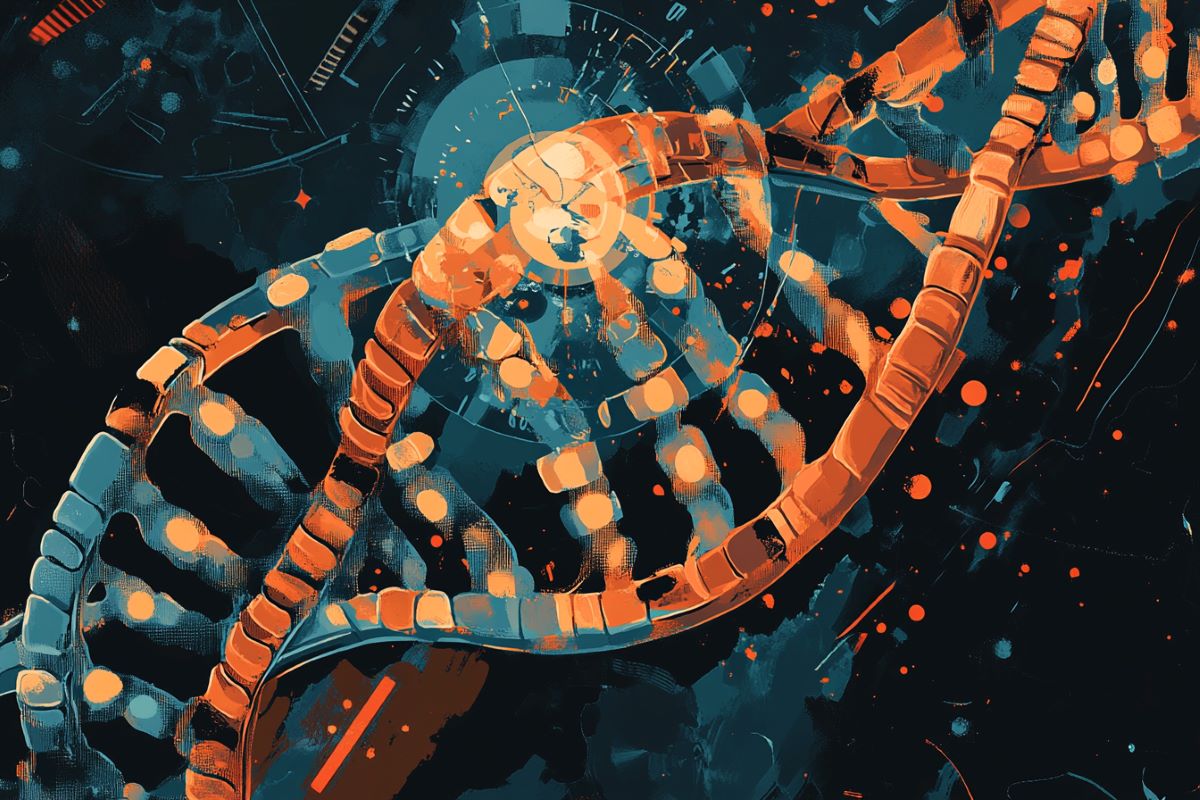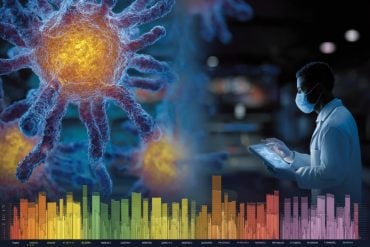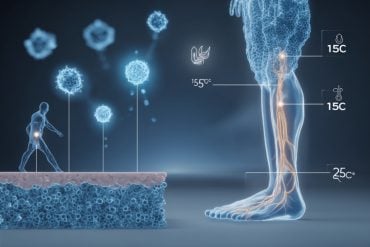Summary: A new study has uncovered a direct link between somatic mutations and epigenetic modifications, challenging established views on aging. Researchers found that random genetic mutations drive predictable changes in DNA methylation, offering new insights into the relationship between mutation accumulation and epigenetic clocks.
This suggests that epigenetic changes may track, rather than cause, aging, making it harder to reverse aging than previously thought. These findings redefine our understanding of aging at the molecular level and hold significant implications for future anti-aging therapies.
Key Facts:
- Mutation-Epigenetic Link: Random genetic mutations drive predictable epigenetic changes.
- Aging Complexity: Epigenetic clocks may track aging caused by somatic mutations.
- Therapeutic Impact: Reversing aging may require addressing mutations, not just epigenetics.
Source: UCSD
Researchers at University of California San Diego School of Medicine have published results that shed new light on an old question: what causes aging at the molecular level?
Their findings, published in Nature Aging, describe a never-before-seen link between the two most accepted explanations: random genetic mutations and predictable epigenetic modifications.
The latter, also known as the epigenetic clock theory, has been widely used by scientists as a consistent, quantitative measure of biological aging.

However, the new research suggests that the process may not be so simple.
“Major research institutions and companies are betting on turning back the epigenetic clock as a strategy to reverse the effects of aging, but our research suggests that this may only be treating a symptom of aging, not the underlying cause,” said co-corresponding author Trey Ideker, Ph.D., a professor at UC San Diego School of Medicine and UC San Diego Jacobs School of Engineering.
“If mutations are in fact responsible for the observed epigenetic changes, this fact could fundamentally change the way we approach anti-aging efforts in the future.”
There are two prevailing theories about the relationship between aging and DNA. The somatic mutation theory suggests that aging is caused by the accumulation of mutations, permanent changes in our DNA sequence that occur randomly.
The epigenetic clock theory suggests that aging occurs due to the accumulation of epigenetic modifications, minor changes to the chemical structure of DNA that do not alter the underlying sequence, but instead change which genes are on or off. Unlike mutations, epigenetic modifications can also be reversed in some cases.
Because epigenetic modifications only occur at specific sites on our genome rather than at random locations, they are easier to quantify and have become a go-to way for scientists to determine the “biological age” of cells.
However, scientists have long wondered about the source of these epigenetic changes.
To answer this fundamental question, researchers analyzed data from 9,331 patients catalogued in the Cancer Genome Atlas and the Pan-Cancer Analysis of Whole Genomes.
By comparing genetic mutations to epigenetic modifications, they found that mutations were predictably correlated with changes in DNA methylation, one type of epigenetic modification.
They found that a single mutation could cause a cascade of epigenetic changes across the genome, not just where the mutation occurred. Using this relationship, the researchers were able to make similar predictions of age using either mutations or epigenetic changes.
“Epigenetic clocks have been around for years, but we’re only now beginning to answer the question of why epigenetic clocks tick in the first place,” said first author Zane Koch, a Ph.D. candidate in bioinformatics at UC San Diego.
“Our study demonstrates for the first time that epigenetic changes are intricately and predictably tied to random genetic mutations.”
The study’s authors note that further research is needed to fully understand the relationship between somatic mutations and epigenetic changes in aging.
However, the study’s findings provide a major breakthrough in our understanding of the aging process and have important implications for the development of new therapies aimed at preventing or reversing aging.
“If somatic mutations are the fundamental driver of aging and epigenetic changes simply track this process, it’s going to be a lot harder to reverse aging than we previously thought,” added co-corresponding author Steven Cummings, M.D., executive director of the San Francisco Coordinating Center at UC San Francisco and senior research scientist at Sutter Health’s California Pacific Medical Center Research Institute.
“This shifts our focus from viewing aging as a programmed process to one that’s largely influenced by random, cumulative changes over time.”
In addition to Ideker, Cummings and Koch, the study was co-authored by Adam Li at UC San Diego and Daniel S. Evans at California Pacific Medical Center Research Institute and UC San Francisco.
Funding: This study was funded by the National Institutes of Health (grants U54 CA274502 and P41 GM103504).
About this genetics and aging research news
Author: Miles Martin
Source: UCSD
Contact: Miles Martin – UCSD
Image: The image is credited to Neuroscience News
Original Research: Closed access.
“Somatic mutation as an explanation for epigenetic aging” by Trey Ideker et al. Nature Aging
Abstract
Somatic mutation as an explanation for epigenetic aging
DNA methylation marks have recently been used to build models known as epigenetic clocks, which predict calendar age.
As methylation of cytosine promotes C-to-T mutations, we hypothesized that the methylation changes observed with age should reflect the accrual of somatic mutations, and the two should yield analogous aging estimates.
In an analysis of multimodal data from 9,331 human individuals, we found that CpG mutations indeed coincide with changes in methylation, not only at the mutated site but with pervasive remodeling of the methylome out to ±10 kilobases.
This one-to-many mapping allows mutation-based predictions of age that agree with epigenetic clocks, including which individuals are aging more rapidly or slowly than expected. Moreover, genomic loci where mutations accumulate with age also tend to have methylation patterns that are especially predictive of age.
These results suggest a close coupling between the accumulation of sporadic somatic mutations and the widespread changes in methylation observed over the course of life.






